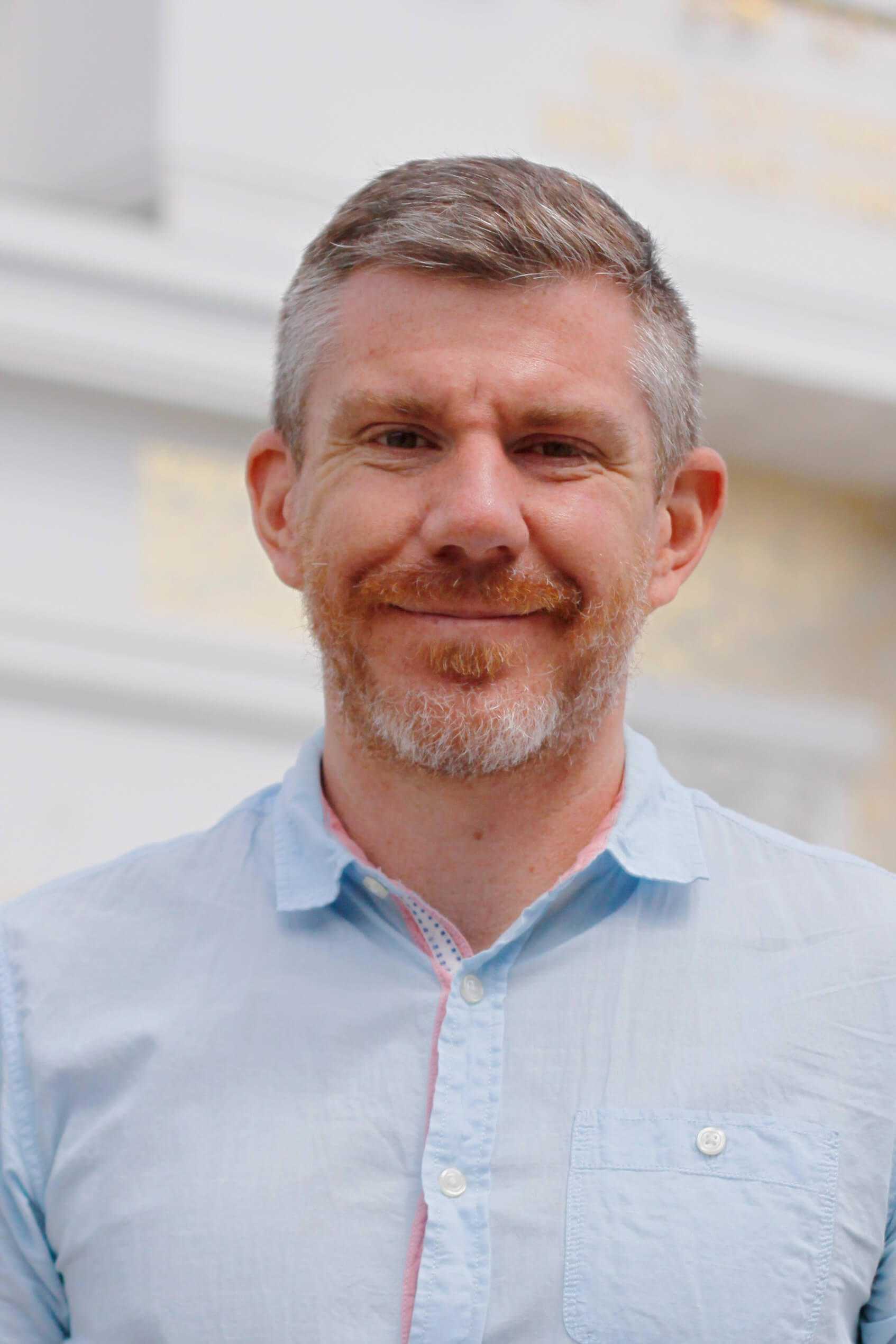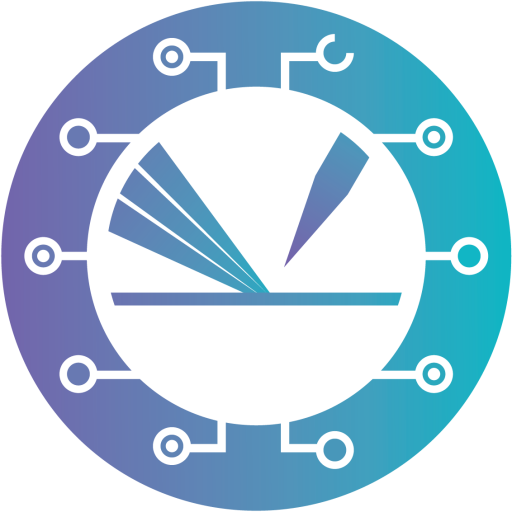
Research interests
Since my appointment at the TU Vienna in 2010, my research group has utilized a multi-technique approach to understand the atomic-scale processes underlying catalysis on metal-oxide surfaces. My research combines surface structure determination, spectroscopy and scanning probe methods. Iron oxides are a major focus of my work as they are omnipresent in the natural environment and find widespread applications in technology. In 2015 I was awarded the FWF START prize (€ 1.2M over 6 years) to study the mechanisms of single atom catalysis, and in 2020 I received an ERC consolidator grant.
Most relevant scientific results
- Unambiguously determined the structure of the Fe3O4(001) surface using a multi-technique approach [1]. This was the first paper to demonstrate a surface reconstruction based on subsurface cation vacancies, which is likely common for spinel oxides.
- Demonstrated that CO adsorption is a primary cause of sintering in “single-atom catalyst” systems [2].
- Used atomically-resolved STM to show how Mars-van Krevelen processes proceed on metal-oxide supported catalysts [3]. This work showed that spinel systems prefer bulk interstitial defects to surface oxygen vacancies.
- Demonstrated that the atomic-scale structure ultimately defines how reactants adsorb on single atom catalyst systems [4] (together with Franchini). This work clearly shows that we can control the location of metal dopant atoms within the metal oxide host.
- Showed that CO-induced sintering could be used to create size-distinguished Pt clusters [5]. The process was followed atom-by-atom using STM. This work also clearly demonstrated the phenomenon of redisperison, and showed it was caused by CO desorption.
- Studied complex water structures formed on metal oxide surfaces, e.g., ref. [6] (together with Franchini). In general, my work in this area has demonstrated the importance of partial dissociation as a stabilization mechanism in such systems. We have shown that nc-AFM is an ideal technique to study the structure of water adlayers.
- Contributed an invited perspective article to Catalysis Letters where I explain why the atomic scale structure is vital to understand the performance of single-atom catalysts [7].
- Wrote an extensive monograph detailing the structure and properties of iron oxide surfaces [8]. This paper is already highly cited, and features a large section about doping Fe3O4 with other metals to make ternary spinels.
- Studied water adsorption on a strontium ruthenate perovskite [9]. We showed that the ternary of the oxide leads to important differences to the respective SrO surface.
- Performed pioneering measurements of iron oxide surfaces in liquid water. Our images showed that immersion leads to the growth of an oxyhydroxide phase [10].
Career
- 2021–present: Full Professor (Surface Reactivity); Institute of Applied Physics, TU Wien
- 2017–2021: Associate Professor; Institute of Applied Physics, TU Wien
- 2015–2017: Assistant Professor; Institute of Applied Physics, TU Wien
- 2010–2015: University Assistant; Institute of Applied Physics, TU Wien
- 2009–2010: Postdoctoral Researcher, Department of Physics, Tulane University, New Orleans LA, USA (supervisor U. Diebold)
- 2007–2009: Postdoctoral Researcher, Pacific Northwest National Laboratory (PNNL), Richland WA, USA (supervisor B.D. Kay)
Education
- 2016: Habilitation in Experimental Physics, TU Wien, Austria
- 2007: Ph.D. in Physics (Dr. Phil.), Warwick University, U.K.
- 2004: M.Phys. in Physics, Warwick University, U.K.





